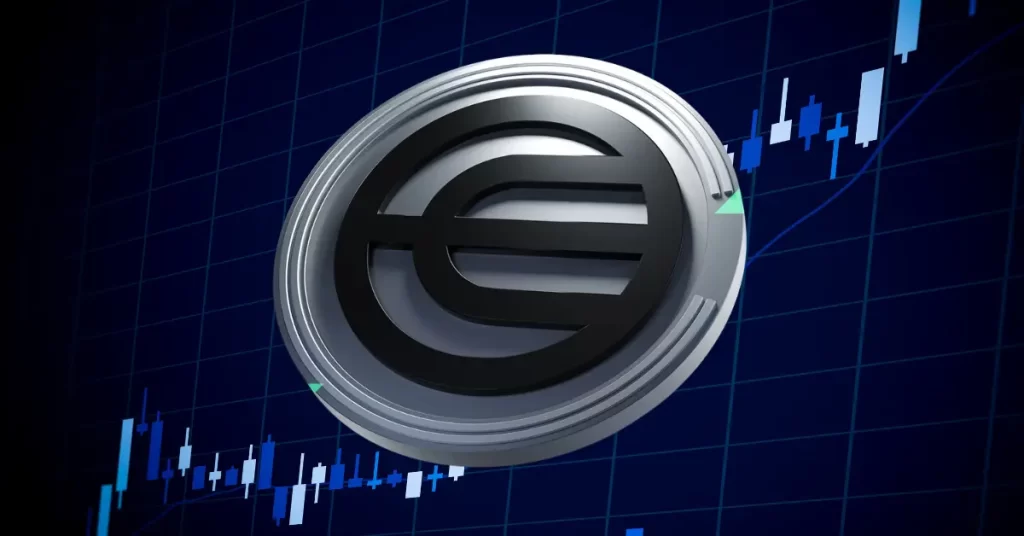ARTICLE AD BOX

As digital assets continue to gain traction, the crypto space has become a hotspot for a wide range of security threats. From hackers looking to exploit vulnerabilities for a quick profit, to more complex and insidious attacks aimed at destabilizing entire exchange networks, the potential risks are as diverse as they are daunting.
As a crypto exchange user, understanding these threats is the first step towards securing your digital assets. This article will serve as your guide, providing 8 essential tips to fortify your fortress and ensure optimal crypto exchange security.
Choose Reputable Exchanges
The foundation of secure cryptocurrency trading lies in the choice of the exchange. It’s crucial to select platforms with an established track record of security. This involves thorough research into previous security breaches, the exchange’s response, and measures implemented post-incident.
Additionally, user reviews and industry reputation play a significant role in this selection process. Positive feedback from the user base, a robust community, and endorsements from industry leaders often indicate a strong security infrastructure. This combined approach enables traders to identify exchanges that prioritize security, reducing the risk of falling victim to cyber threats.
Diversify Assets and Security Measures
Diversification, a fundamental principle in traditional finance, is equally pertinent in the realm of cryptocurrencies. Holding a variety of cryptocurrencies can potentially mitigate risks inherent in the volatile crypto market. Each cryptocurrency’s value is influenced by different factors, and diversification helps in reducing the impact of a single crypto’s drastic fall on your portfolio.
In addition, employing crypto market making – the practice of buying and selling cryptocurrencies at certain prices to provide liquidity – can add an extra layer of security. It helps in maintaining price stability, reducing the risk of extreme price swings which could translate into substantial financial losses. This approach forms a part of a comprehensive strategy for fortifying crypto exchange security.
Two-Factor Authentication (2FA)
Two-Factor Authentication (2FA) is a critical layer in safeguarding your crypto assets. It bolsters security by requiring two separate forms of validation before granting account access. Unlike a password, which could potentially be compromised, 2FA ensures that an additional, frequently changing code is needed, making it harder for unauthorized parties to gain access.
When setting up 2FA, using an authenticator app rather than SMS is advisable, as the latter can be susceptible to SIM swapping. Regularly updating your 2FA backup codes is also a wise move.
Cold Storage for Digital Assets
Understanding the concept of cold wallets for storing cryptocurrencies is essential. These are offline wallets used for storing cryptocurrencies. They provide a layer of security by remaining disconnected from the internet, thereby reducing the vulnerability to cyber-attacks and other online threats.
The benefits of keeping a portion of your assets offline for added security are manifold. Cold storage protects your assets from hacking, phishing attacks, and other forms of online fraud. Transactions can only be made with physical access to the wallet, adding an extra layer of security.
Regularly Update Security Settings
It is prudent to stay informed about the latest security features on exchanges and make timely updates. Security settings are continually being enhanced, and these improvements can protect your account from new threats.
Regularly reviewing and updating your account security settings can help to ensure optimal security. This includes password updates, enabling the latest 2FA options, and setting up new security features as they become available.
Use Strong Passwords
Strong, unique passwords play a vital role in securing your crypto assets. Best practices for creating robust passwords include using a mix of letters, numbers, and symbols, and avoiding common words or phrases. Password managers can be a valuable tool in maintaining this level of security. They generate and store complex passwords, reducing the risk of forgetting them or falling victim to brute-force attacks.
Beware of Phishing Scams
Phishing scams are a prevalent form of cybercrime in the digital currency realm. Cybercriminals frequently employ tactics such as fake emails, fraudulent websites, and counterfeit mobile apps to trick investors into revealing sensitive information. These scams often mimic official communications from your crypto exchange, but subtle inconsistencies can give them away.
To avoid falling victim, be wary of unsolicited communications asking for confidential details, double-check email addresses to ensure they match official domains, and never click on suspicious links. Always directly navigate to your exchange’s website instead of following emailed links. Implementing these measures can significantly reduce the likelihood of succumbing to these phishing attempts.
Monitor Account Activity
Monitoring account activity is of paramount importance in crypto exchange security. Regular checks allow you to spot any suspicious changes or unauthorized transactions in your account, and take necessary action swiftly.
Common indicators of unauthorized activity include transactions from unknown wallets, large withdrawals, or sudden changes in balance. Also, setting up alerts for unusual account activity can serve as a crucial early warning system.
Modern crypto exchanges often provide customizable alert settings, allowing you to receive notifications about transactions beyond a certain value, or those conducted outside your usual activity patterns. This combination of vigilance and technology can be a formidable defense against security breaches.
.png)
 1 year ago
13
1 year ago
13








 English (US)
English (US)